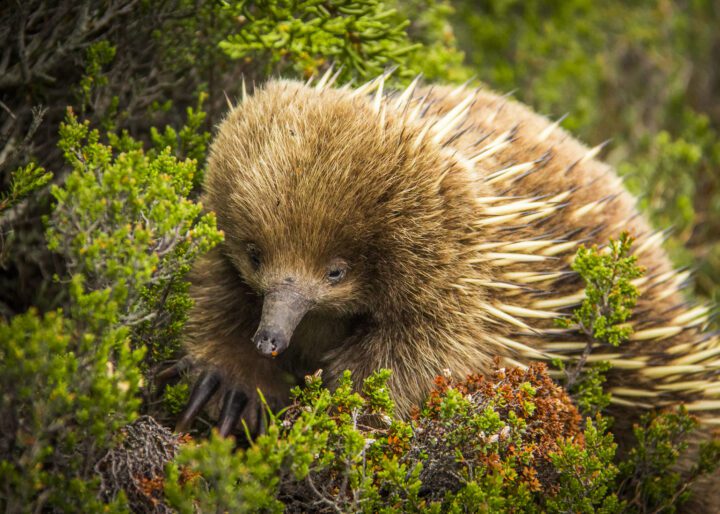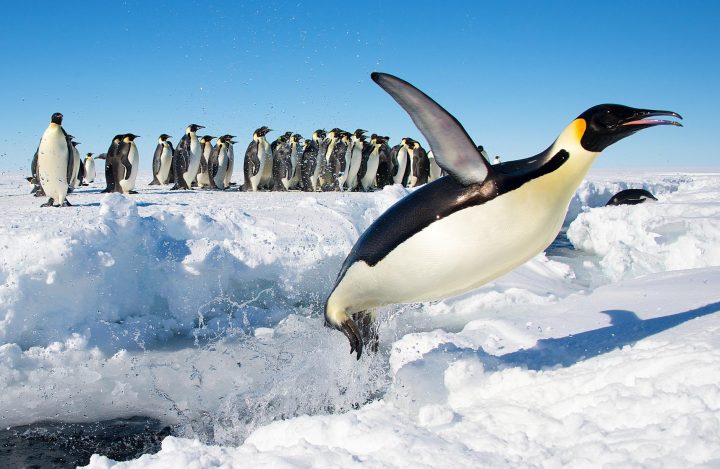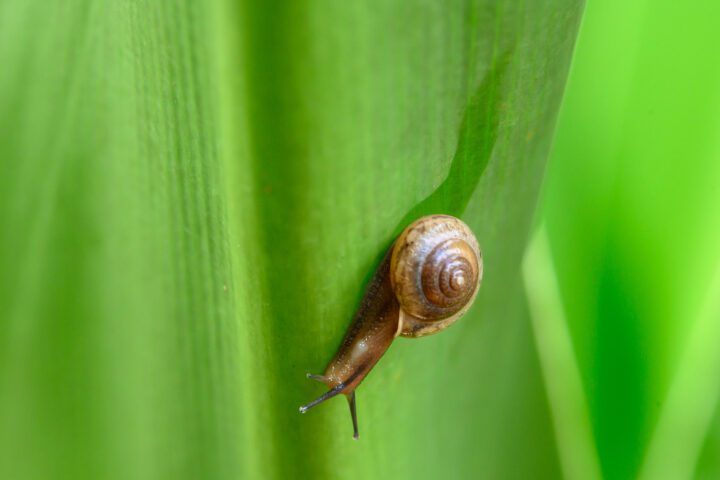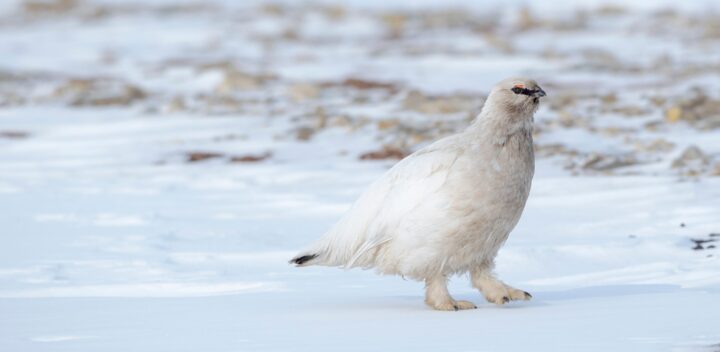Modify Speed
Modifying speed or magnitude of velocity is important for some living systems because it enables them to control their movement to access resources, escape predators, and more. Modifying speed requires not only overcoming inertia, but also minimizing the energy needed to make the change. Therefore, living systems have strategies to safely shift from fast to slow or slow to fast. An example is a bird called the kingfisher, which streamlines its body and feathers to quickly move from hovering over water to diving through the air and into the water. Once in the water, the kingfisher slows down by spreading its wings to avoid diving too deep.
Move in/on Solids
To obtain needed resources or escape predators, some living systems must move on solid substances, some must move within them, and others must do both. Solids vary in their form; they can be soft or porous like leaves, sand, skin, and snow, or hard like rock, ice, or tree bark. Movement can involve a whole living system, such as an ostrich running across the ground or an earthworm burrowing through the soil. It can also involve just part of a living system, such as a mosquito poking its mouthparts into skin. Solids vary in smoothness, stickiness, moisture content, density, etc, each of which presents different challenges. As a result, living systems have adaptations to meet one, and sometimes multiple, challenges. For example, some insects must be able to hold onto both rough and slippery leaf surfaces due to the diversity in their environment.






